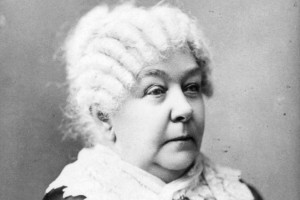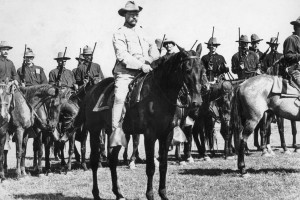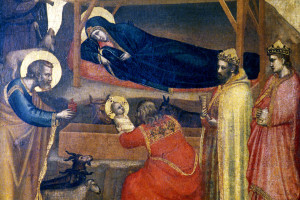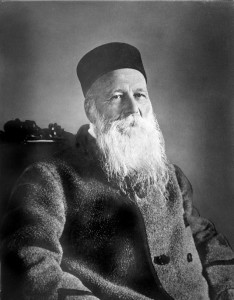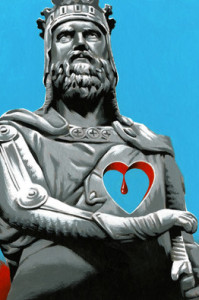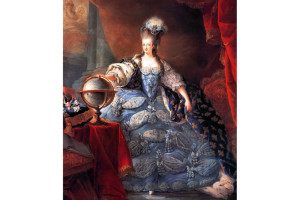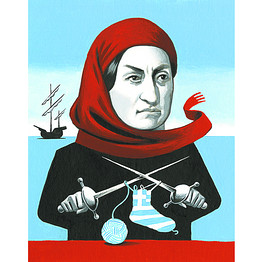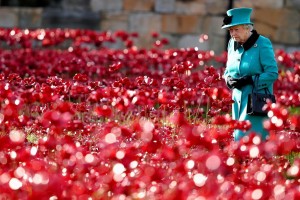
Photo: UPPA/ZUMA PRESS
One of the most beautiful and sublime war memorials in modern history, the ceramic sea of poppies around the Tower of London, will vanish forever in two weeks’ time. The temporary installation, “Blood Swept Lands and Seas of Red” by artist Paul Cummins and designer Tom Piper, has attracted more than 4 million visitors since volunteers began “planting” the 888,246 poppies in early August—one poppy for each British or Commonwealth soldier who died.
The universal chorus of praise enjoyed by “Blood Swept Lands” is an important reminder that art and commemoration aren’t incompatible. Although it is no easy task to capture the tragedy of death or the essence of personal greatness, it can be done.
That said, public memorials are a notoriously sensitive business, and the result often ends in tears—if not for the artist, then for the public. Lord Byron thought the whole enterprise was a bad idea, especially when it came to commemorating public figures. “What is the end of Fame?” he asked in his poem “Don Juan.” “To have, when the original is dust, / A name, a wretched picture, and worse bust.”
Byron may have been influenced by the public scandal that surrounded the 1822 unveiling of Richard Westmacott’s statue in honor of the duke of Wellington. Westmacott created an 18-foot bronze colossus featuring Achilles in all his naked glory. It was the first nude statue in London since Roman times. The outcry was so great that the artist meekly added a fig leaf, thereby ruining the classical purity of the statue and making it seem more pornographic rather than less. Since then, the statue has been vandalized twice—in the predictable place.
Continue reading…






